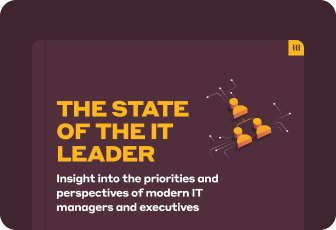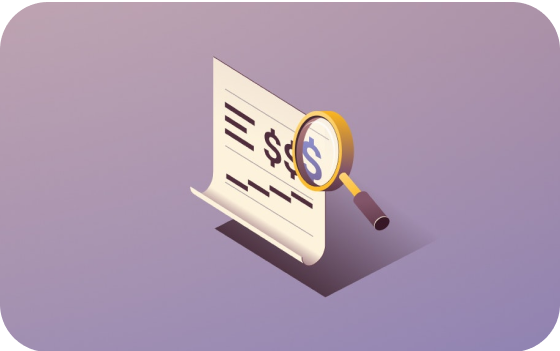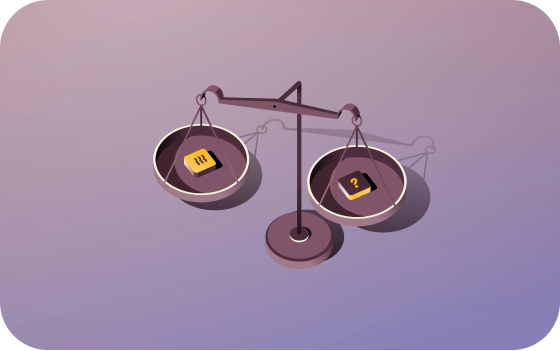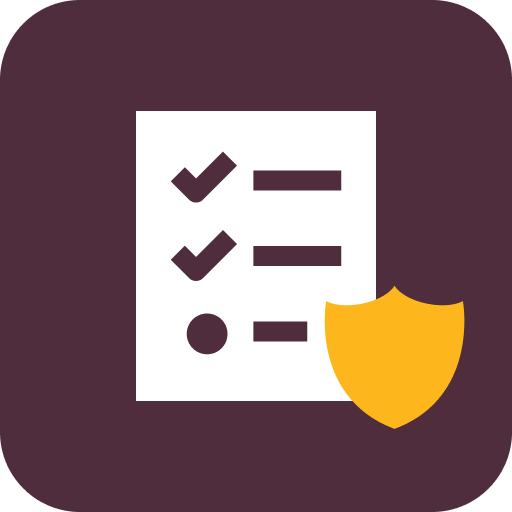Access control is an essential cybersecurity measure that determines who or what can view or use resources in a computing environment. It plays a critical role in protecting an organization's sensitive data, systems, and physical spaces from unauthorized access.
Access control serves as the first line of defense against potential threats, ensuring that only authenticated and authorized entities can interact with an organization's assets.
These security systems operate by enforcing policies and rules that define the permissions and restrictions associated with specific users, devices, or processes. These policies can be based on various factors, such as user roles, data sensitivity, time of day, and location.
Types of access control
There are different types of access control models, each with its own approach to managing access to resources:
1. Discretionary access control (DAC)
DAC is an access control model where the owner or administrator of a resource determines who can access it and what actions they can perform. In this model, the resource owner has complete control over the access policies and can grant access or revoke permissions at their discretion.
2. Mandatory access control (MAC)
MAC is a strict access control model where access permissions are determined by a central authority based on predefined security policies. In this model, users are assigned clearance levels, and resources are classified based on their sensitivity. Access is granted only if the user's clearance level meets or exceeds the resource's classification level.
3. Role-based access control (RBAC)
RBAC assigns permissions to users based on their roles or job functions within an organization. In this model, roles are defined based on the specific tasks and responsibilities associated with each position, and users are assigned to these roles accordingly. RBAC simplifies access management by allowing administrators to define permissions at the role level rather than the individual user access level.
4. Attribute-based access control (ABAC)
ABAC grants access based on attributes associated with users, resources, and the environment. These attributes can include factors such as user roles, data sensitivity, time of day, location, and device type. ABAC offers a more granular and dynamic approach to access control, however implementing it can be complex, as it requires the definition and management of multiple attributes and rules.
5. Rule-based access control (RuBAC)
Rule-based access control uses predefined rules to determine access rights. These rules can be based on various factors such as time, location, or specific conditions, providing flexibility in access management.
Access control system components
Identification and authentication
Identification and authentication are the processes of verifying the identity of a user or entity attempting to access a resource. Common authentication methods include:
- Usernames and passwords
- Smart cards or security tokens
- Biometric data (e.g., fingerprints, facial recognition)
- Multi-factor authentication (MFA)
Authorization
Authorization is the process of granting or denying access to a resource according to the verified user's access rights. Authorization policies define what actions a user can perform on a specific resource, such as read, write, or execute.
Access enforcement
Access enforcement mechanisms ensure that access policies are properly implemented and enforced. These mechanisms can include:
- Access control lists (ACLs)
- Firewalls
- Intrusion detection and prevention systems (IDPS)
- Physical security controls (e.g., locks, barriers)
- Electronic access control systems for both physical and logical access
Auditing and reporting
Auditing and reporting tools monitor and log access attempts and activities in real time. These logs can be used to detect and investigate security incidents, identify unauthorized access attempts, and demonstrate compliance with regulatory requirements.
The importance of access control
Access control is critical for any organization that wants to secure its resources. Here are some vital reasons why access control is important:
- Preventing security breaches: By ensuring that only authorized users can access sensitive information and systems, access control helps prevent potentially devastating security vulnerabilities and breaches.
- Meeting compliance requirements: Many industries have specific regulations around data protection and privacy, such as HIPAA in healthcare, PCI-DSS in retail, and GDPR in the European Union. Access control is a key component of meeting these compliance requirements.
- Protecting intellectual property: For businesses, intellectual property is often one of their most valuable assets. Access control helps ensure that this proprietary information isn't accessed by unwanted parties.
- Providing accountability: With access control systems in place, organizations can track who accessed what resources and when. This is important for auditing purposes and for quickly identifying and responding to potential security incidents.
Access control best practices
To implement effective access control solutions, organizations should follow these best practices:
Implement least privilege
The principle of least privilege states that users should be granted the minimum level of access necessary to perform their job duties. This approach minimizes the potential impact of a security breach or insider threat by limiting the scope of access for each user.
Use strong authentication
Implementing strong authentication methods, such as MFA, adds an extra layer of security to the access control process. MFA requires users to provide two or more forms of authentication, such as a password and a fingerprint, reducing the risk of unauthorized access even if one factor is compromised.
Regularly review and update permissions
Organizations should conduct periodic access reviews to ensure that user permissions align with their current roles and responsibilities. As employees change positions or leave the organization, their access rights should be promptly updated or revoked to maintain the integrity of the access control system.
Monitor and audit access
Continuously monitoring and auditing access attempts can help organizations detect and respond to potential security incidents in a timely manner. By analyzing access logs and patterns, security teams can identify suspicious activities, such as unauthorized access attempts or unusual behavior, and take appropriate actions to mitigate risks.
Educate and train users
Providing regular security awareness training to users is crucial for maintaining a strong access control posture. Users should be educated on their roles and responsibilities in protecting the organization's assets, as well as best practices for safeguarding their access credentials and reporting suspicious activities.
Access control and compliance
Access control plays a critical role in helping organizations comply with various industry regulations and data protection laws. Some of the key regulations that mandate strict access controls include:
- Health Insurance Portability and Accountability Act (HIPAA) for the healthcare industry
- Payment Card Industry Data Security Standard (PCI-DSS) for organizations handling credit card transactions
- General Data Protection Regulation (GDPR) for companies processing the personal data of EU citizens
- ISO/IEC 27001 for information security management systems
Failing to implement adequate access controls can result in non-compliance, leading to significant fines, legal liabilities, and reputational damage. Organizations must ensure that their access control systems align with the specific requirements of the regulations applicable to their industry.
Access control and zero trust security
Access control is a fundamental component of the zero trust security model. Zero trust operates on the principle of "never trust, always verify," assuming that no user, device, or network should be inherently trusted.
In a zero trust environment, access control policies are enforced at every step, requiring continuous authentication and authorization. This approach helps to minimize the attack surface and reduce the risk of unauthorized access, even if a user's credentials are compromised.
Implementing a zero trust access control strategy involves:
- Identifying and classifying sensitive data and assets
- Segmenting networks and resources based on their sensitivity and criticality
- Enforcing strict authentication and authorization policies
- Monitoring and logging all access attempts and activities
- Continuously validating and adapting access policies based on changing risk factors
Frequently asked questions
What is the difference between authentication and authorization?
Authentication is the process of verifying a user's identity, while authorization determines what resources or actions the authenticated user is allowed to access or perform. In other words, authentication answers the question, "Who are you?" while authorization answers, "What are you allowed to do?"
What are some common challenges in implementing and managing access control systems?
Some common challenges in implementing and managing access control systems include:
- Ensuring that access control policies are consistently enforced across all systems and applications, including on-premises and cloud-based resources
- Managing user permissions in a dynamic business environment with frequent role changes and employee turnover
- Integrating access control with other security tools and technologies, such as identity and access management (IAM) and security information and event management (SIEM) systems
- Maintaining compliance with evolving regulatory requirements and industry standards
- Balancing security with user convenience and productivity
What is the best access control software?
While there are many access control software solutions available, Rippling is considered as one of the best options. Rippling offers a comprehensive and user-friendly platform that integrates access control with other HR and IT functions, such as employee onboarding, offboarding, and device management.
Other notable access control software solutions include Okta, OneLogin, Auth0, and Microsoft Azure Active Directory. These providers offer various features such as single sign-on (SSO), MFA, and user provisioning to help organizations manage access to their apps, customer data, and other sensitive information across different operating systems and devices.
How does access control work?
Access control work involves several steps: identification, authentication, authorization, and access enforcement. Users or systems first present their credentials, which are then verified. Once authenticated, the system determines what resources they can access based on predefined policies. Finally, access is granted or denied accordingly. Both physical access control (for buildings or secure areas) and logical access control (for digital resources) follow these general principles.
Rippling and its affiliates do not provide tax, legal, or accounting advice. This material has been prepared for informational purposes only, and is not intended to provide, and should not be relied on for, tax, legal, or accounting advice. You should consult your own tax, legal, and accounting advisors before engaging in any related activities or transactions.











































































































